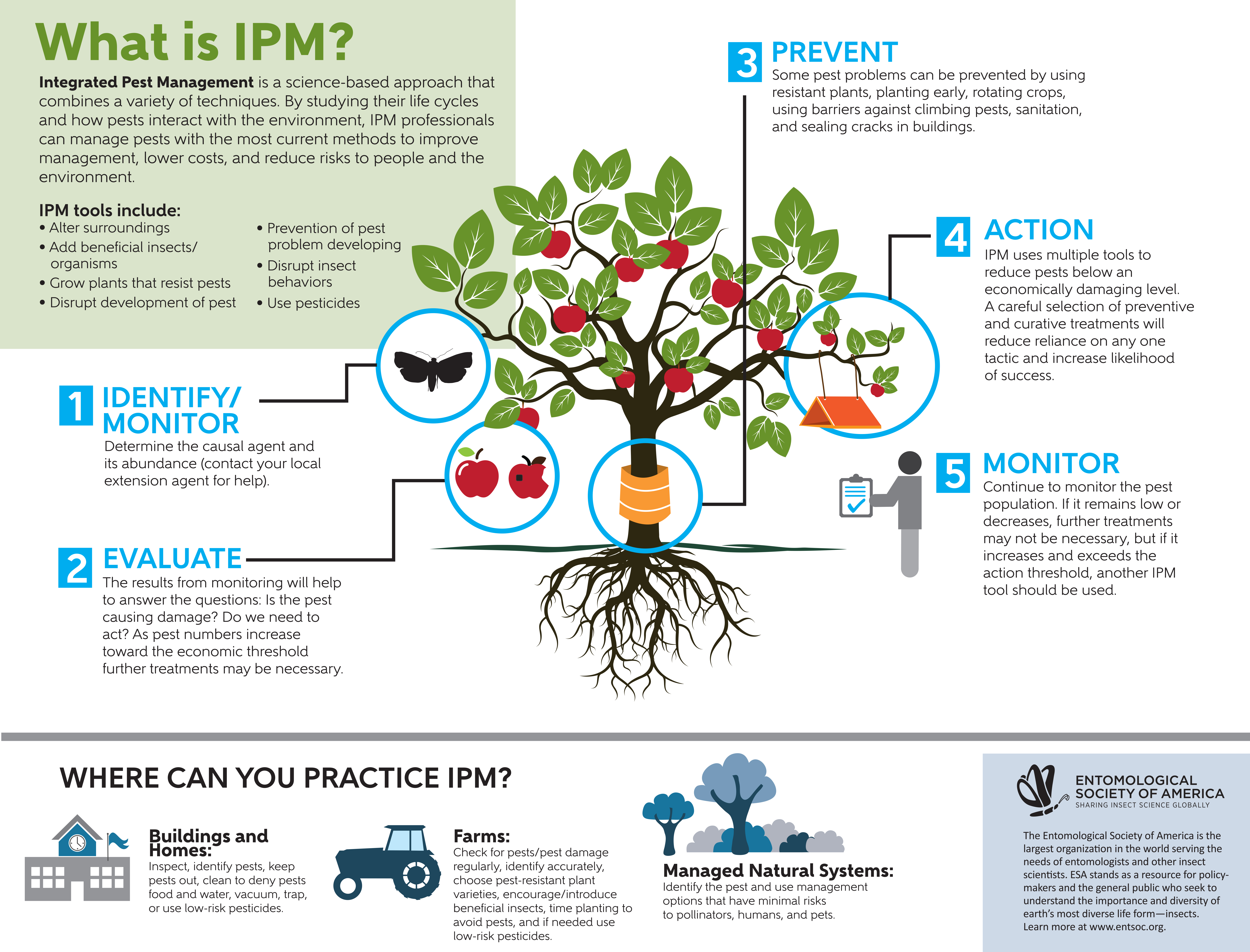By Getting Understanding Right Into The Details Of Rodent Nesting Habits, You Can Establish A Thorough Technique To Rodent Control That Outwits These Parasites
By Getting Understanding Right Into The Details Of Rodent Nesting Habits, You Can Establish A Thorough Technique To Rodent Control That Outwits These Parasites
Blog Article
Created By-Payne Alston
When it involves rodent control, recognizing usual rodent actions is vital to effectively taking care of invasions. Did you recognize that rodents have some fascinating nesting behaviors that might stun you? By discovering their intricate habits, you can acquire beneficial insights into just how to tackle rodent problems in a much more tactical and efficient fashion. So, let's unravel the mysteries behind these animals' activities and learn how to outsmart them in your rodent control efforts.
Rat Nesting Habits
When observing rodents in their all-natural habitat, you'll see that they actively look for materials to build their nests. Rats, such as mice and rats, are resourceful creatures that utilize a selection of products like twigs, leaves, paper, and fabric to develop their homes. They're meticulous in their nest-building procedure, frequently lining their nests with softer products like hair or plumes to produce a comfortable setting.
Rodents prefer to build their nests in hidden and protected places to secure themselves and their young from predators. Usual nesting places include wall cavities, attics, cellars, and even within insulation products. By building their nests in these secluded areas, rats can securely elevate their offspring away from prospective risks.
It is vital to comprehend the nesting practices of rodents when applying control actions. By disrupting their nests or eliminating products, you can dissuade rats from developing a visibility in your home or property. Correct sanitation and sealing access points are likewise crucial action in preventing rodent invasions.
Rat Feeding Patterns
After observing rodents' nesting practices, it becomes noticeable that their feeding patterns play a critical function in their daily lives and habits. Rodents, including mice and rats, are opportunistic feeders, suggesting they'll consume whatever food source is conveniently offered. They're largely nighttime creatures, liking to forage for food during the cover of evening to avoid predators.
Rats have a diverse diet regimen, varying from grains, seeds, fruits, and veggies to pests, nuts, and even little animals. This versatility in their food options allows them to flourish in different environments, consisting of city locations where human food resources are abundant.
Their feeding patterns aren't just driven by cravings yet additionally by the need to stockpile food for times of scarcity. This behavior is especially recognizable to prepare for winter months or when nesting. Rodents are known to hoard food in their nests or burrows, ensuring a continuous food supply. Comprehending their feeding patterns is crucial in executing efficient rodent control measures to disrupt their food sources and avoid infestations.
Rodent Motion and Traveling
Rodents navigate their surroundings with dexterity and stealth, utilizing their keen senses to relocate swiftly through their environments. These animals are adept climbers, able to scale wall surfaces and upright surface areas easily. They can also press through surprisingly tiny openings, making it essential to seal any kind of potential entrance factors in your house.
When it pertains to taking a trip, rats have a tendency to comply with acquainted courses, producing tracks along wall surfaces or skirting the edges of rooms. They're creatures of habit, typically sticking to these established courses as they forage for food or explore their environments.
https://www.newtownbee.com/12312021/year-in-review-coexisting-in-harmony-series-helped-residents-share-newtown-with-wildlife/ are known for their nocturnal behaviors, so you might hear them scampering about at night as they search for food and water. Their movements fast and unpredictable, permitting them to dart in and out of view in the blink of an eye.
Understanding how rodents relocate and travel can aid you recognize possible invasion areas in your home and take positive steps to avoid these bugs from acquiring a footing.
Verdict
As you work to control rats in your home, remember that comprehending their actions is crucial. By identifying their nesting practices, feeding patterns, and activity, you can properly prevent infestations.
Coincidentally, by taking proactive procedures to get rid of food resources and seal entry points, you can interrupt their familiar paths and compel them to choose new locations, eventually decreasing the probability of rodent visibility in your space.
